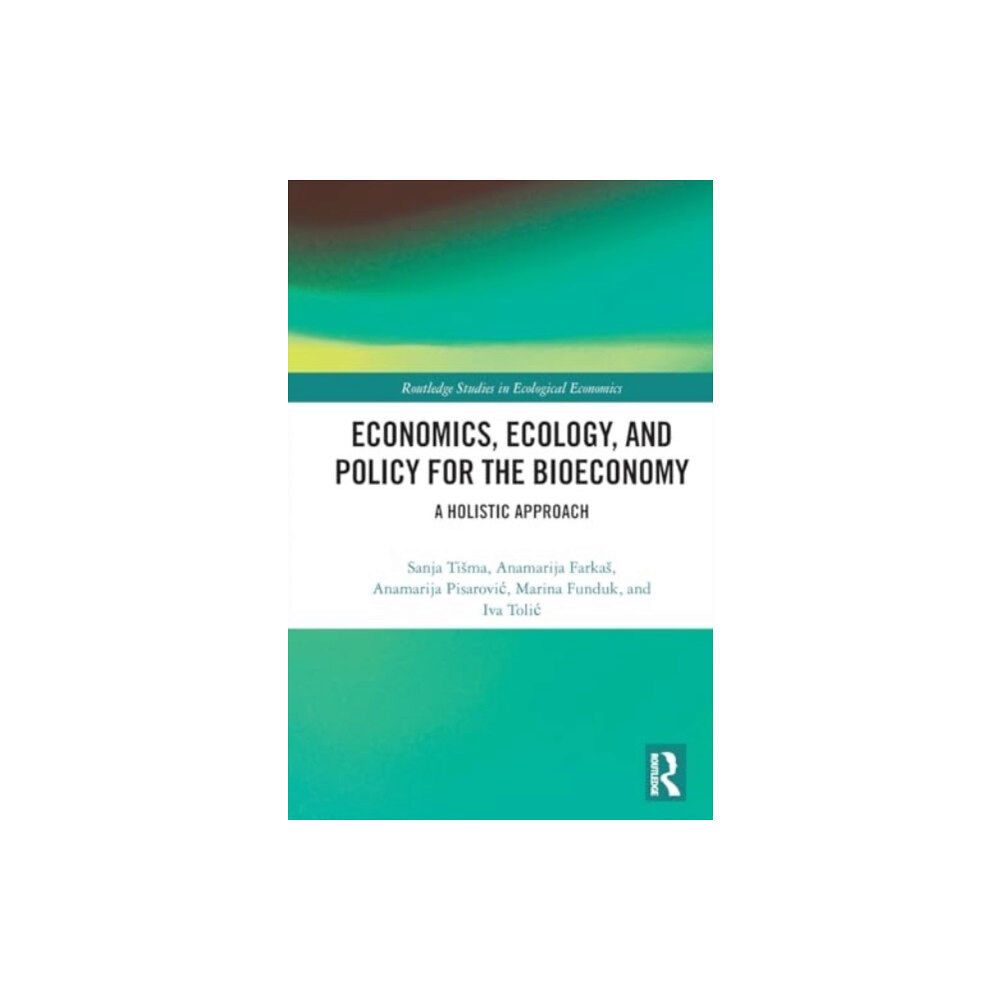This book demonstrates that a holistic approach to the bioeconomy is essential if it is to achieve its full potential in driving economic growth while simultaneously providing ecological, social and technological benefits.
Definitions of the ‘bioeconomy’ vary but in general it incorporates the ways in which societies manage and distribute their primary or secondary biological resources for further use in everyday life (e.g.
food, materials, and energy). The classical sectors related to the bioeconomy have therefore been agriculture, forestry and aquaculture, now extended to include bioenergy, biofuels, biochemicals, and other processing and service industries. There are also related new concepts such us the blue economy, the green economy, and the circular economy.
This book integrates these definitions, sectoral analyses and new concepts into a fully rounded study of the bioeconomy. It is argued that the key aims in the coming years have to be the harmonization of public policies between different sectors, regulation of legislative framework for the bioeconomy, and clear communication of these issues.
In particular, the book argues that a strengthening of the monitoring and evaluation of the impacts of the bioeconomy on society is an essential starting point. For this to be effective, appropriate indicators need to be established and defined for the monitoring of the effects of these resilient policies related to bioeconomy and their impact on local and regional development and quality of life.
This book will be essential reading for anyone interested in the bioeconomy including students and scholars of ecological economics, environmental economics, sustainability, innovation, and regional development.
| Format |
Häftad |
| Omfång |
138 sidor |
| Språk |
Engelska |
| Förlag |
Taylor & Francis Ltd |
| Utgivningsdatum |
2024-07-29 |
| ISBN |
9781032122427 |

